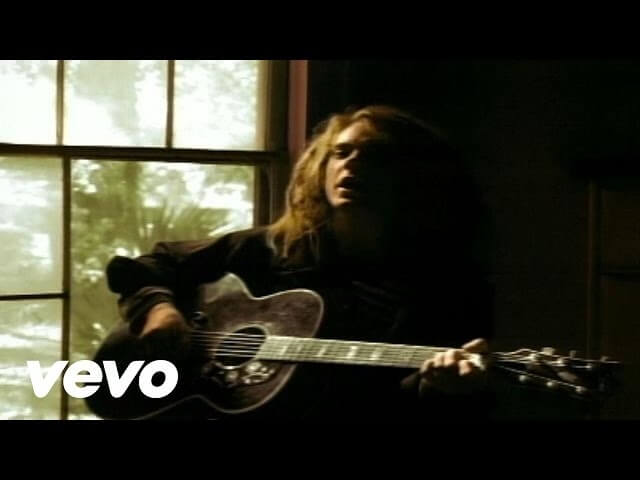What ever happened to the kids from Soul Asylum’s “Runaway Train”?

Soul Asylum’s 1993 power ballad “Runaway Train,” penned by frontman Dave Pirner, became a defining hit of the ’90s thanks in large part to its memorable video directed by Tony Kaye. Though the song is about depression, Kaye used the video to spotlight the issue of teen runaways, even including the names and images of real-life missing persons. In fact, there are numerous versions of the “Runaway Train” video, because children’s names and pictures were removed once they returned home.
In a story for Mel magazine called “The Lost Children of ‘Runaway Train,’” Elon Green discusses how the video came to be and what impact it had on the young people featured in it. Green interviews one woman who tearfully reconciled with her mother after seeing her own picture in the Soul Asylum video. She’d run away from home a few years earlier to live with her boyfriend.
Not all the stories are so happy. The article is bookended by the case of Christopher Kerze, a well-behaved 17-year-old who disappeared in 1990 with a shotgun and the family van. His stated intention was to kill himself, but he never turned up—alive or dead—ever again. Today his parents remain unaware of his fate, though his father likes to imagine that Kerze works in Cleveland and has a family of his own.
For Pirner, the success of “Runaway Train” has been a mixed blessing. Over two decades later, it’s still the song for which he’s best known, and he says he’s enormously grateful for the impact that the video had. But sometimes, he says, he feels like an Irish tenor who has to sing “Danny Boy” for the rest of his life.
Pirner is a father himself now, and he also shared how the video has had an impact on his own parenting:
I was probably more aware of the possibilities of creeps and predators. It seems hard for me to even explain something like that to a kid without scaring him, but I guess that’s the whole idea.
You can read the rest of the story behind “Runaway Train” here.